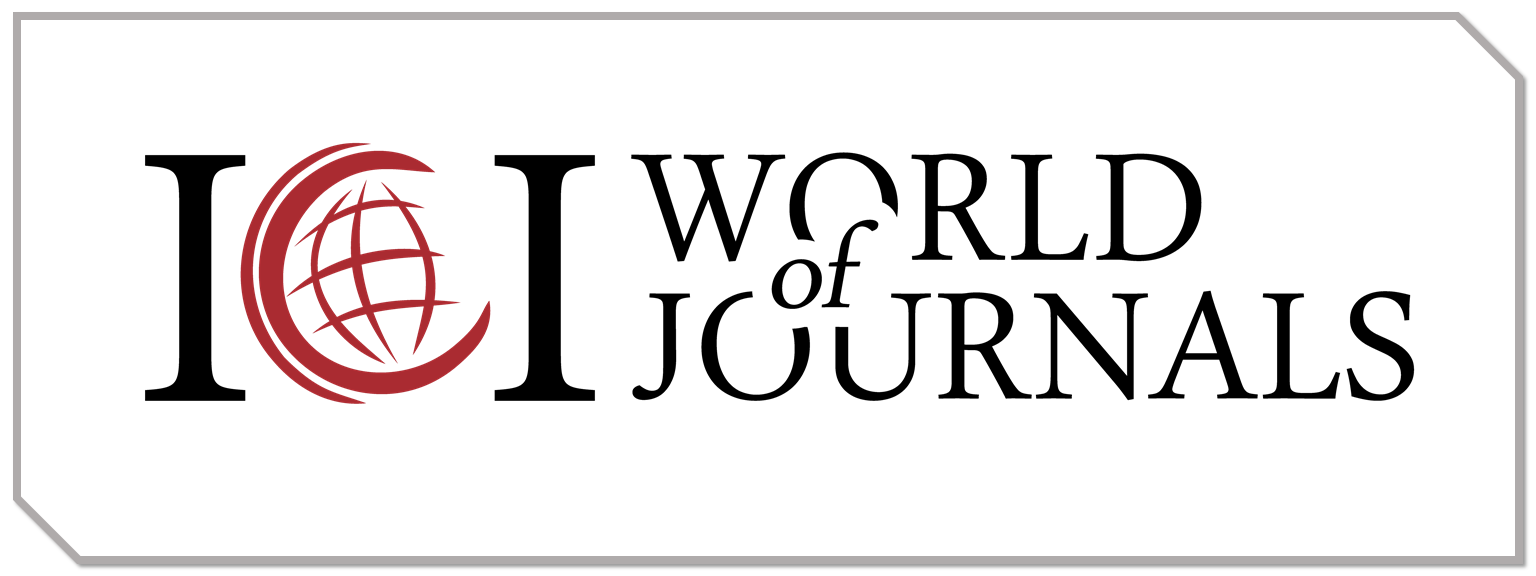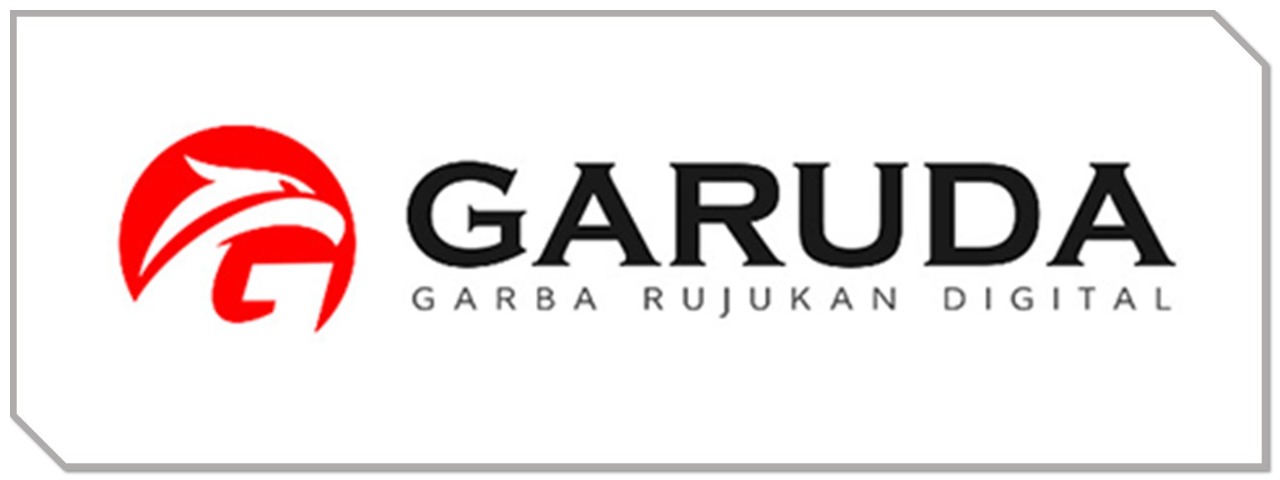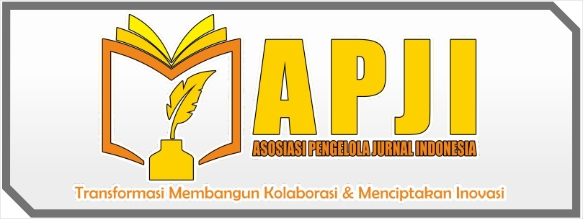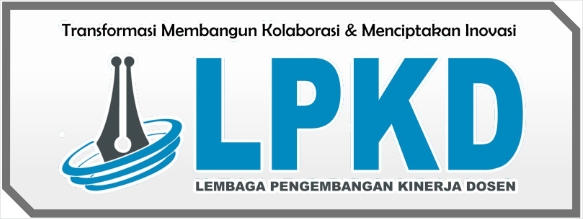Penapisan Hiperuresemia dan Obesitas Pada Remaja di Jakarta Barat
DOI:
https://doi.org/10.55606/kreatif.v3i2.1522Keywords:
gout, obesity, gout, youth, metabolic syndrome, lifestyle, Tomang villageAbstract
Hyperuricemia is a pathophysiological condition associated with chronic inflammatory diseases such as rheumatoid arthritis, diabetes, and cardiovascular and kidney disease. Hyperuricemia is related to changes in lifestyle. Elevated serum uric acid levels can be a marker for the metabolic syndrome that commonly occurs in adults. Obesity is a complex condition involving biological, developmental, environmental, behavioral and genetic factors. The most common cause of obesity during adolescence is an imbalance in energy balance; i.e. excess caloric intake without appropriate caloric expenditure. Tomang sub-district is a sub-district under the Faculty of Medicine, Tarumanagara University. More than 25% of adults in the Tomang sub-district have hyperuricemia and 60% of the community are obese. So far it is not known how much the prevalence of hyperuricemia and obesity in adolescents in the Tomang Village. The promotion of healthy lifestyles and the prevention of disease are the fundamental principles behind public health and the promotion of public health. Measuring uric acid levels can prevent acute attacks of gout. The purpose of this service is to get an overview of the uric acid levels and obesity of the youth group in Tomang Village, West Jakarta
References
Barat, Bolangitang, Kabupaten Bolaang, Mongondow Utara, Alvin Budiono, Aaltje E Manampiring, and Widhi Bodhi. 2016. “Hubungan Kadar Asam Urat Dengan Status Gizi Pada Remaja Di Kecamatan Bolangitang Barat Kabupaten Bolaang Mongondow Utara.” EBiomedik 4, no. 2. https://doi.org/10.35790/EBM.V4I2.14605.
“Best of Back to Basics: The Benefits of PDCA | ASQ.” n.d. Accessed May 20, 2023. https://asq.org/quality-progress/articles/best-of-back-to-basics-the-benefits-of-pdca?id=35651815fd2d456f8b5279b151df3e83.
Denzer, Christian, Rainer Muche, Hermann Mayer, Eberhard Heinze, Klaus Michael Debatin, and Martin Wabitsch. 2003. “Serum Uric Acid Levels in Obese Children and Adolescents: Linkage to Testosterone Levels and Pre-Metabolic Syndrome.” Journal of Pediatric Endocrinology & Metabolism : JPEM 16, no. 9: 1225–32. https://doi.org/10.1515/JPEM.2003.16.9.1225.
Dianati, Nur Amalina. 2015. “Gout and Hyperurecemia.” J Majority 4, no. 3 (January): 82–89.
Hernández-Cuevas, Claudia Berenice, Lizandra Hernández Roque, Gabriela Huerta-Sil, Jorge Rojas-Serrano, Alejandro Escudero, Letícia Lino Perez, Eduardo Collantes-Estevez, and Janitzia Vázquez Mellado. 2009. “First Acute Gout Attacks Commonly Precede Features of the Metabolic Syndrome.” Journal of Clinical Rheumatology : Practical Reports on Rheumatic & Musculoskeletal Diseases 15, no. 2 (March): 65–67. https://doi.org/10.1097/RHU.0B013E31819C0DBA.
Kansra, Alvina R., Sinduja Lakkunarajah, and M. Susan Jay. 2021. “Childhood and Adolescent Obesity: A Review.” Frontiers in Pediatrics 8, no. January (January): 866. https://doi.org/10.3389/FPED.2020.581461/BIBTEX.
Kozai, Toyoki. 2016. “Plant Production Process, Floor Plan, and Layout of PFAL.” Plant Factory: An Indoor Vertical Farming System for Efficient Quality Food Production, January (January), 203–12. https://doi.org/10.1016/B978-0-12-801775-3.00016-0.
Nuryanto, Nuryanto, Adriyan Pramono, Niken Puruhita, and Siti. F. Muis. 2014. “Pengaruh Pendidikan Gizi Terhadap Pengetahuan Dan Sikap Tentang Gizi Anak Sekolah Dasar.” Indonesian Journal of Nutrition 3, no. 1: 32–36. https://www.neliti.com/publications/80662/.
Santoso, Alexander Halim, Triyana Sari, and Shirly Gunawan. 2020. “PEMETAAN PROFIL ANTROPOMETRI, DAN BIOKIMIA DARAH SEBAGAI UPAYA PREVENTIF TERHADAP PENYAKIT TIDAK MENULAR DI KELURAHAN TOMANG JAKARTA BARAT.” Jurnal Bakti Masyarakat Indonesia 3, no. 1 (June). https://doi.org/10.24912/JBMI.V3I1.8033.
Shanableh, Yasemin Al, Yehia Y. Hussein, Abdul Haseeb Saidwali, Maryam Al-Mohannadi, Budoor Aljalham, Hamnah Nurulhoque, Fahad Robelah, Areej Al-mansoori, and Susu M. Zughaier. 2022. “Prevalence of Asymptomatic Hyperuricemia and Its Association with Prediabetes, Dyslipidemia and Subclinical Inflammation Markers among Young Healthy Adults in Qatar.” BMC Endocrine Disorders 22, no. 1 (December): 1–10. https://doi.org/10.1186/S12902-022-00937-4/FIGURES/2.
Thayibah, Riskotin, Yunus Ariyanto, and Andrei Ramani Bagian Epidemiologi dan Biostatistika Fakultas Kesehatan Masyarakat Universitas Jember Jalan Kalimantan. 2018. “Hiperurisemia Pada Remaja Di Wilayah Kerja Puskesmas Arjasa Kabupaten Situbondo Hyperuricemia in Adolescents (16-24 Years Old) in Arjasa Primary Health Center, Situbondo Regency.” Pustaka Kesehatan 6, no. 1 (January): 38–45. https://doi.org/10.19184/PK.V6I1.6765.
Tim Riskesdas 2018. 2019. Laporan Provinsi DKI Jakarta Riskesdas 2018. Lembaga Penerbit Badan Penelitian dan Pengembangan Kesehatan.
Downloads
Published
How to Cite
Issue
Section
License
Copyright (c) 2023 Alexander Halim Santoso, Marcella E. Rumawas, David Limanan, Freddy Ciptono

This work is licensed under a Creative Commons Attribution-ShareAlike 4.0 International License.













